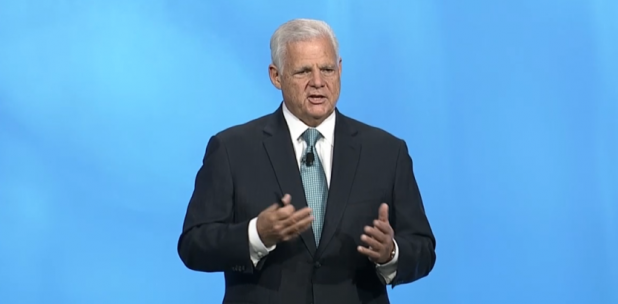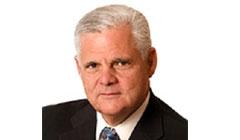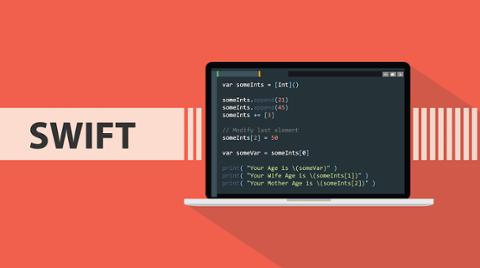
The days of the all-disk storage array are nearly over, EMC chief executive Jim Tucci told attendees at Oracle’s Open World conference Oct. 2. Tucci was also on hand to tout the rise of the software-defined data center, which EMC is realizing through a partnership with Cisco. Tucci also thanked Oracle chief executive Larry Ellison for the warm welcome during the latter’s keynote—a gentle skewering, considering how Ellison took shots at the performance of EMC and IBM hardware compared to Oracle’s own Exadata arrays. Tucci and EMC executive vice president Jeremy Burton touted Project X, the partnership with XtemeIO that EMC first showed off at VMWorld. Project X is the code name for the first output of the XtremIO acquisition, which pairs two 1U Intel-based storage nodes with a 2U flash-storage enclosure. The 4U arrays are called X-Bricks. While it’s unlikely that enterprise disk storage is on its way out, Ellison promoted the use of flash caches in its Exadata arrays. Tucci also seems to feel that flash is the wave of the future. “The other phenomenon that’s happening is that there’s different places to physically put storage,” Tucci said. “You can put a PCIe card right in the server. You can take a set of cards and put them in the server network... the Infiniband network. And you can put them in a storage network, and you can have all flash arrays or hybrid arrays. And then you can have all disk arrays.” In the future, he continued, all-disk arrays will fade from view. “Almost every array we build has some disk, some flash in it.”
The Software-Defined Data Center
To win in the cloud, Tucci suggested that businesses standardize their infrastructure, such as on the common X86 processor infrastructure; virtualize, rather than depend on physical environments; and substitute true automation in place of bolt-on applications. The future, he added, is the software-defined data center, with pools of storage, compute and networking, as well as automation and security built in. Users will input the SLA requirements and cost, for example, and the software will determine how many cores to provision and how much storage to allocate. EMC and VMware are working with Cisco and its VBlock architecture, although the two companies aren’t quite there yet. “Again, in the physical world, when you think about it, it took months and weeks to provision a physical server,” Tucci said. “In the virtual environment, that was brought down to days and even hours, in the software defined data center we’re going to be talking minutes, seconds, and subseconds.” In a separate speech at a conference hosted by Intel’s venture arm, Intel Capital, Tucci praised Google for its success in the cloud. But he also characterized Amazon Web Services as a better model of how the cloud is being built. Unlike Google, Microsoft, Facebook and many others who built a cloud infrastructure specific to their own applications, Amazon Web Services was built to make any applications available to thousands of users, Tucci said, according to CRN.

